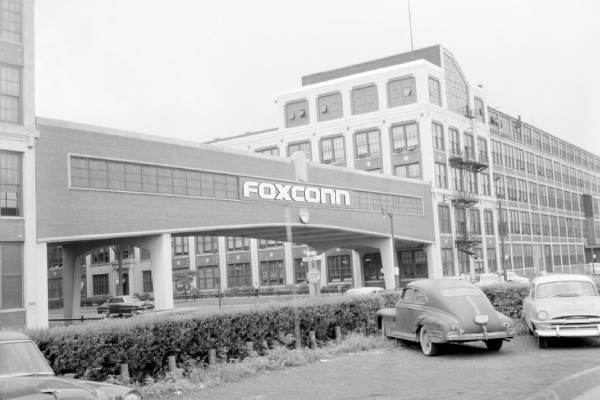As the Internet begins its Kremlinological reading of Tim Cook’s recent interviews (and make no mistake that these interviews are a calculated effort to brush away multiple company missteps), let’s explore what his point, the dream of Macs Made In America, means for the company and, more importantly, the renaissance of manufacturing in the U.S.
Building stuff in America isn’t hard, and it’s happening right now. I’d recommend listening to this Planet Money story about manufacturing in South Carolina and the growth of smaller factories across the country. We are building stuff, to be sure, and Apple is right to hitch its wagon to the Made in America slogan. They have, in the past, taken many lumps for real or perceived problems in Asian factories. By placing their factories in America, however, we deal with a set of problems that could overwhelm the benefits.
First, for Apple to say they are building in the U.S., there is a parallel requirement that their biggest supplier, Foxconn, also follow suit. This is apparently happening as we speak and Louis Woo told Bloomberg that the company is happy to do more in America because customers ask for it.
However, Apple said they will spend $100 million next year to build Macs here. I don’t think I would be exaggerating if I said that $100 million is probably Foxconn’s quarterly budget for employee lunches in Shenzhen. That kind of money can outfit, potentially, one factory outside of a major transportation hub which would allow components to flow freely onto the assembly lines from sources overseas and local.
This, then, is the second problem with building in America. When building at scale, manufacturers need plenty of parts on hand. To make a million iPads over a few months requires an immense capital investment as well plenty of employees. Foxconn does this by hiring inexpensive but increasingly restive labor and having suppliers close at hand. The chain of suppliers is difficult to track but rest assured the mess they’re making of the environment in Shenzhen will be a major problem for China down the line. What happens if, say, Apple builds a factory in Oakland or Brooklyn or Detroit (or, more likely, some rural community where the company can build a new facility) and hundreds of small suppliers pop up. The halo effect of this big “get” for that city will cause suppliers to line up for warehouse space and manufacturers to attempt to do the same. An Apple factory in the U.S., a visible one that is branded and discussed in the press, can change many ecosystems overnight.
The third problem is cost. My grandfather worked at Wheeling Steel and my grandmother sewed gloves in Martins Ferry, Ohio. These jobs won’t be like those. As Woo notes:
To build out manufacturing here requires a different type of worker, one trained with a solid STEM education and with an understanding of complex systems. There are a plethora of those workers in Foxconn’s Chinese factories, but the vast majority of the workers are just assembling, a job that will soon go to robots. But a Mac made in America is not a boon to the unskilled laborer. It is a boon to the college graduate.
There are still computers being made in the U.S. Dell has factories in Austin, where they build profitable servers and Apple builds some of its chips here. If Apple did anything in the U.S., it would probably be the manufacture of high-margin, high-cost desktops that require a great deal of specific, customer-driven tweaks. Rob Beschizza is betting on products like the Mac Pro – premium products for a smaller group of discerning consumers. Building a million iPods a month in Scranton, Penn. doesn’t make sense. Building 100,000 Mac Pros a month there, though, makes perfect sense.
In the end we’ll have to see whether Cook is really blowing smoke or serious about Made in America. I’m not jingoistic about where my hardware comes from, I just want it to be solid, fairly priced, and the workers should, at the very least, be given a living wage. But Apple could breathe new life into the mouldering industrial parks that dot our landscape where companies with less imagination thrived once and then died.
[Image: Flickr]
